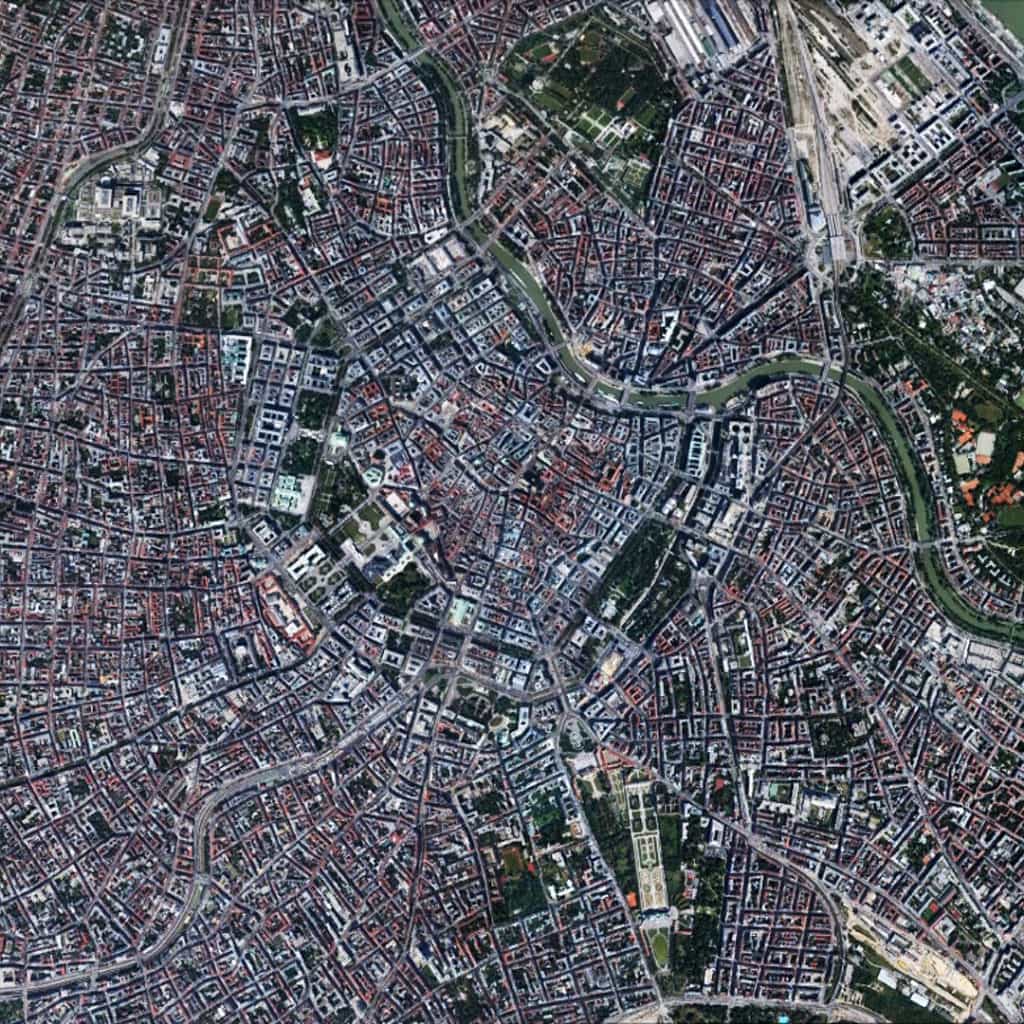“Now in Vienna there are ten pretty women,
There’s a shoulder where Death comes to cry.”
— Take this Waltz, Leonard Cohen
Urban Patterns | Vienna, Austria
by Dr. Mark David Major, AICP, CNU-A
Vienna is the capital and largest city of Austria with a population of about 1.8 million (2.6 million within the metropolitan area, nearly one-third of Austria’s population), and its cultural, economic, and political center. It is the 7th-largest city by population within city limits in the European Union. There is evidence of continuous habitation in Vienna since 500 BC when the site on the Danube River was first settled by the Celts. In 15 BC, the Romans fortified the frontier city they called “Vindobona” to guard the empire against Germanic tribes invading from the north. Vienna is known for its high quality of life. In a 2005 study of 127 world cities, the Economist Intelligence Unit ranked the city first (in a tie with Vancouver, Canada and San Francisco, USA) for the world’s most liveable cities (Source: Wikipedia).

The urban layout of Vienna is a classic European deformed grid with a series of open-angled diagonal routes radiating outward from center-to-edge and intersecting/overlaying with a series of ring/orbital roads, which similarly radiate outwards based on an increasing radius from center-to-edge, i.e. smaller rings in the center, successively larger in the periphery. As in other European cities, the deformed grid pattern in the oldest area of the city (more or less center above) is composed of smaller blocks and shorter streets. As the city has grown in size, the size of blocks and length of streets (and associated segments) have increased, which embeds the layout with a strongly consistent geometric logic (especially when blocks are examined in discrete terms) in its deformed grid pattern.
(Updated: May 18, 2017)
Urban Patterns is a series of posts from The Outlaw Urbanist presenting interesting examples of terrestrial patterns shaped by human intervention in the urban landscape over time.

